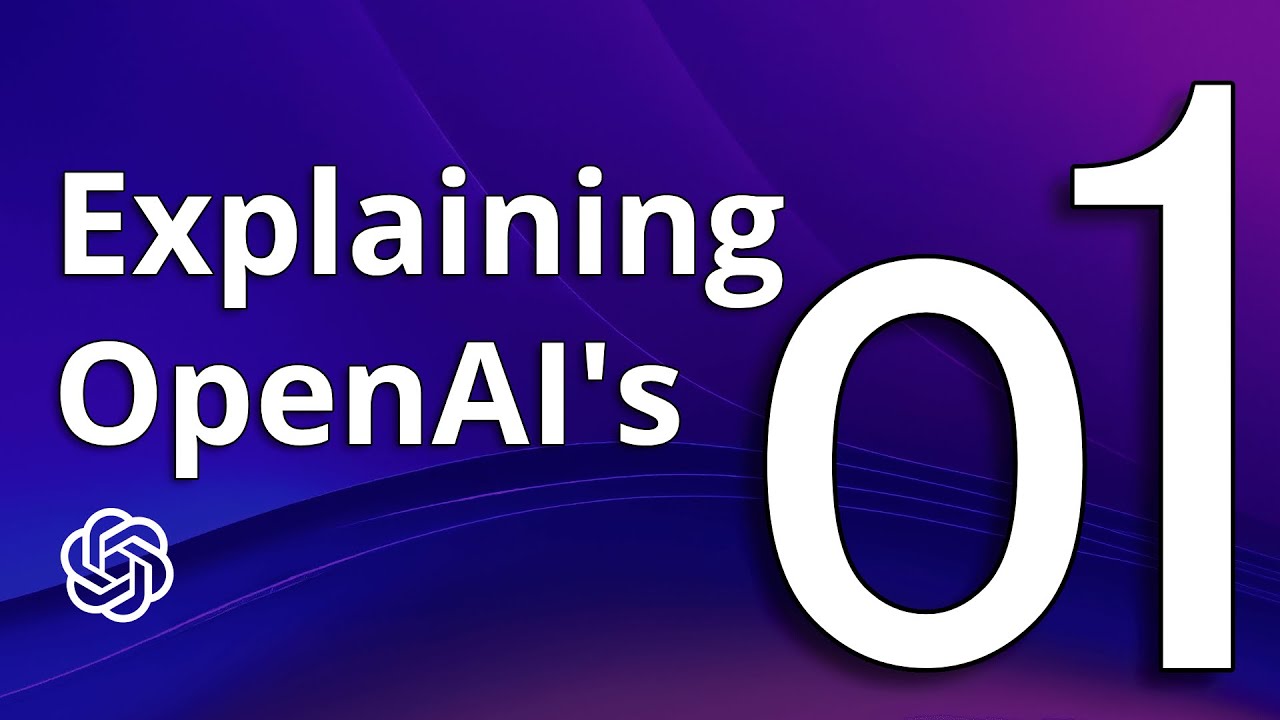OpenAI has launched two new reasoning models, o1 and o1 mini, which utilize advanced reasoning techniques and reinforcement learning to enhance their performance on complex tasks like mathematics and coding. These models generate long chains of thought for deeper analysis, though they may have longer response times and higher usage costs compared to previous models, while specific details about their reasoning processes remain undisclosed.
OpenAI has introduced two new models, o1 and o1 mini, which are distinct from their previous GPT series, including GPT-5. These models are specifically designed for reasoning tasks, allowing them to process prompts and questions with a deeper level of analysis. Unlike traditional models that provide a single response to a prompt, the o1 models engage in a more complex reasoning process, potentially involving multiple passes to arrive at a conclusion. This innovative approach has led to increased transparency from OpenAI researchers, who are sharing insights into the models’ functionalities and benefits.
The o1 models utilize a unique training method that incorporates reinforcement learning, not just from human feedback but also through the exploration of various reasoning trajectories. This method allows the models to learn how to think productively and efficiently during training. Additionally, during inference, the models continue to apply this reasoning process, which requires significantly more computational resources than standard models. The o1 models are designed to handle complex tasks, such as mathematics and coding, where the depth of reasoning can lead to superior performance compared to previous models.
One of the key features of the o1 models is their ability to generate long chains of thought, which enhances their reasoning capabilities. This process involves predicting multiple reasoning paths and determining which is the most effective, allowing the model to refine its outputs over time. The researchers believe that this approach not only improves the model’s performance but also creates a new dataset for future training, as the reasoning traces generated can be used to further enhance the model’s capabilities.
In evaluations, the o1 models have shown impressive results in tasks that benefit from extensive reasoning, such as coding and mathematical problems. However, they may not perform as well in subjective evaluations, such as creative writing, compared to GPT-4o. The models are designed to take their time to arrive at answers, especially for complex problems, which may lead to longer response times but ultimately better results. The o1 mini model has also demonstrated strong performance in STEM-related tasks, suggesting that the reasoning techniques employed can enhance models of various sizes.
Despite the promising advancements, OpenAI has chosen not to disclose the specifics of the hidden reasoning chains used by the o1 models, citing user experience and competitive advantage as reasons for this decision. The pricing for using these models is significantly higher than previous GPT models, raising questions about their accessibility for broader applications. Overall, the o1 models represent a significant step forward in the realm of reasoning models, with potential implications for various applications, including agent-based systems that require complex planning and reasoning capabilities.
